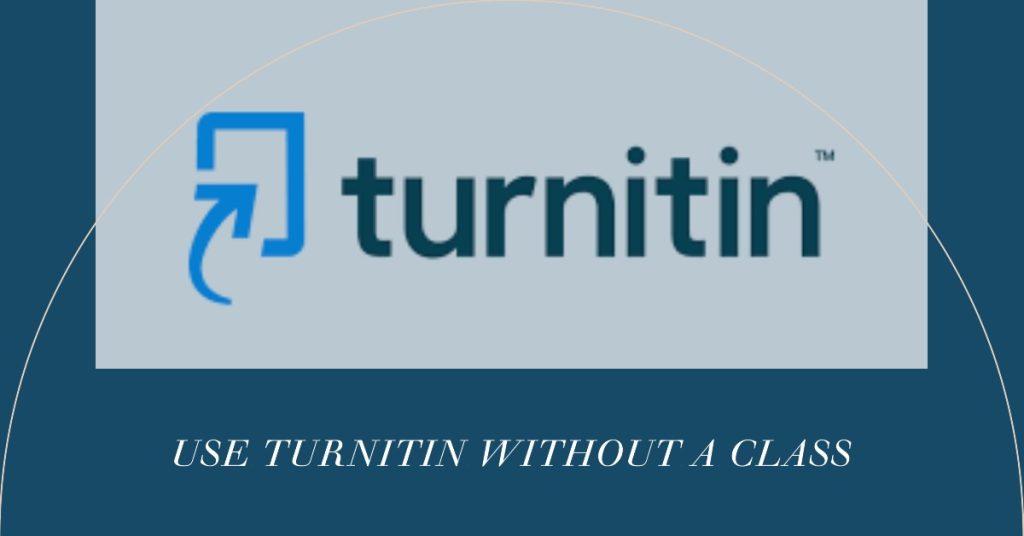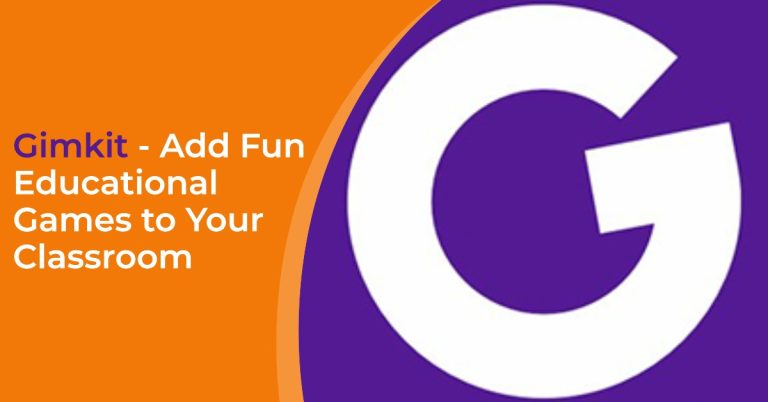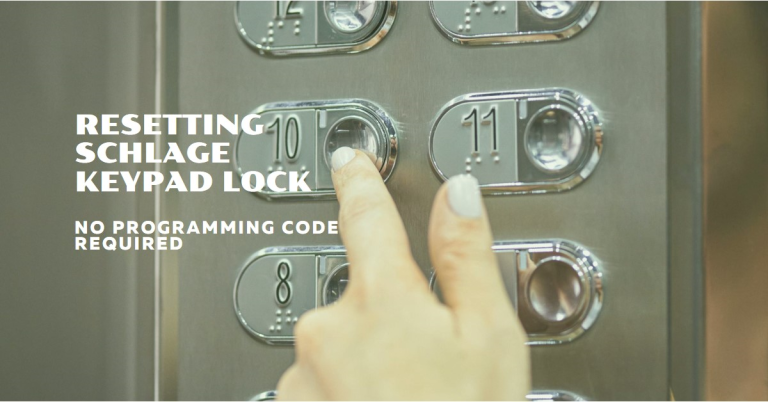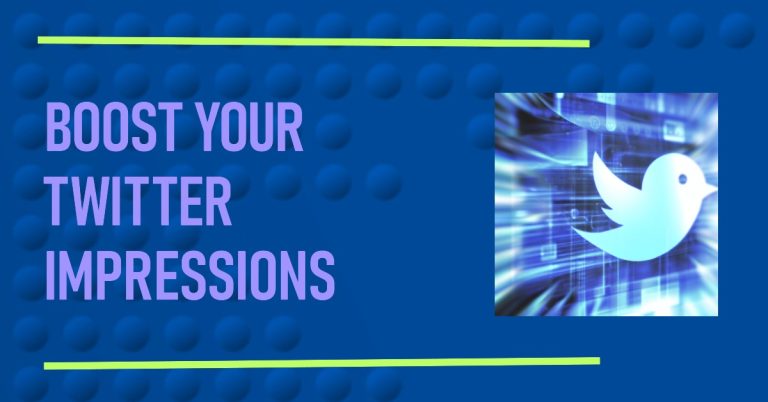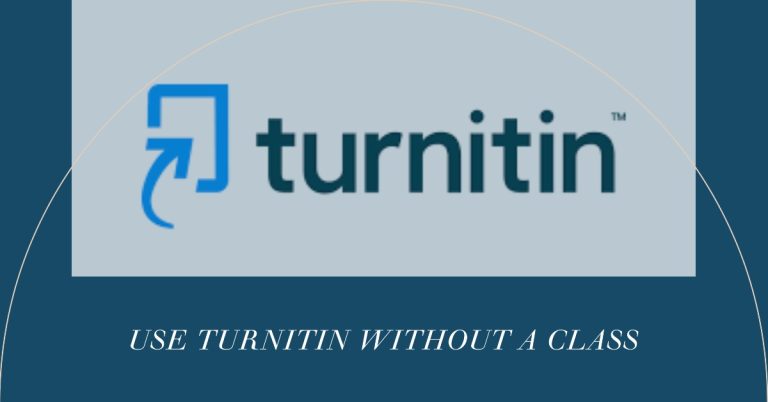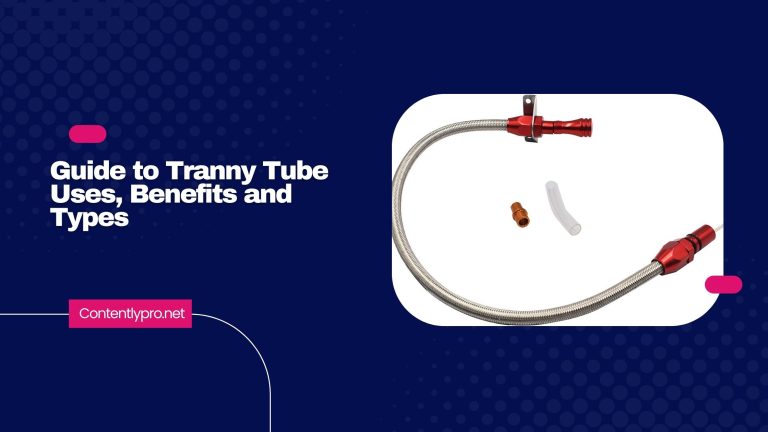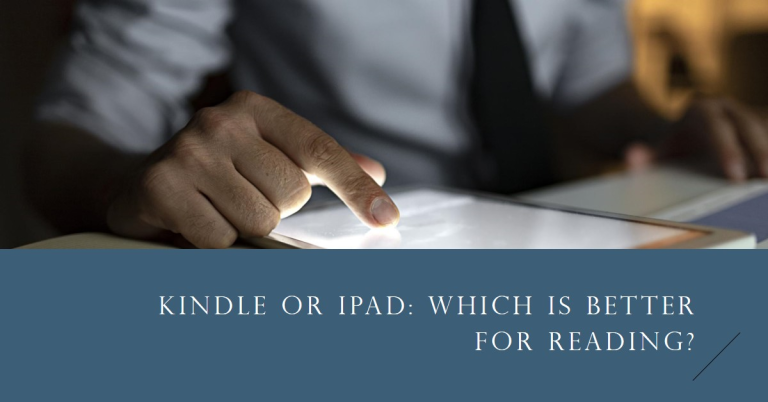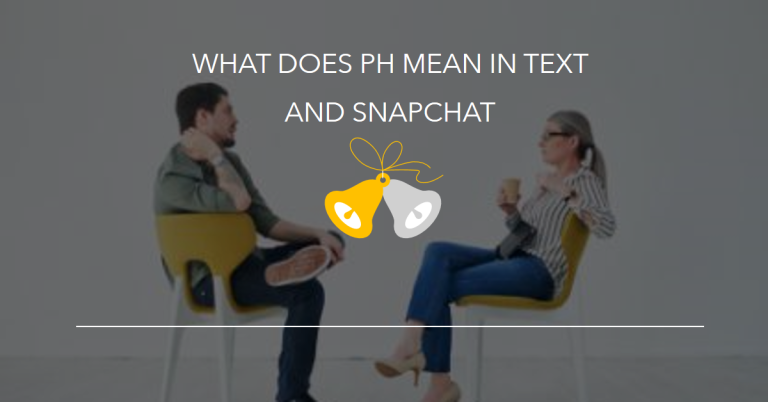Turnitin is a well-known online plagiarism detection service that is widely used in educational establishments. It compares the documents that have been submitted to its extensive database of academic content, internet sources, and the work of other students to look for similarities and instances of plagiarism. By highlighting areas that may require citation or revision, it assists instructors and students in ensuring the originality of academic work and promotes academic integrity.
Turnitin has many great features that help teachers and students learn to detect plagiarism. It also provides feedback that enables teachers to add in-depth comments and annotations on their student’s work to foster a positive learning environment.
In addition, it helps students in working on their composition by giving thoughts for corrections and assisting them with figuring out legitimate references and referring to rehearses. Overall, Turnitin is a useful tool not only for preserving academic integrity but also for improving the quality of education by encouraging students to think critically and come up with original ideas in their work.
How to Use Turnitin Without a Class?
The moral use of Turnitin outside a classroom includes protecting innovation freedoms, guaranteeing security, and sticking to the device’s help. While Turnitin is mainly used for scholastic purposes in educational institutes. However, there are situations where people should seriously consider involving it for the individual or expert turn of events. Here are a few ways to use Turnitin without a class.
- Turnitin is very simple to use.
- Intrigued people can pursue a free preliminary on the Turnitin site, making an understudy profile by contributing class-explicit details and a pseudonym.
- In any case, for those not signed up for a class using Turnitin, elective strategies exist.
- Document checks can be done without having to sign up for a class by working with peers who have access or by using Turnitin’s Quick Submit feature.
- The Speedy Submit includes, available through client inclinations, empowers quick archive entries and receipt of Creativity Reports, bypassing the requirement for making classes or tasks.
- Turnitin’s Quick Submit highlight arises as a period proficient and open device for people looking for quick checks of record creativity without the requirement for formal class enlistment.
- Turnitin’s plagiarism detection capabilities can be accessed through this simplified feature without a class. The submission process is made easier with Quick Submit.
- Clients transfer reports straightforwardly through the connection point, starting the plagiarism detection algorithm quickly.
- Turnitin immediately generates an Originality Report upon submission, highlighting any similarities within its extensive database. Because of this quick turnaround, important information about the document’s originality and potential problems can be accessed quickly.
Who Can Use Turnitin?
● Bloggers and Content Creators:
Bloggers and content creators can utilize Turnitin to check the uniqueness of their articles before publication. This guarantees that their work isn’t plagiarized or matches with the existing internet-based content, decreasing the gamble of incidental copyright infringement.
● Independent Journalists:
Independent scholars chipping away at different tasks can utilize Turnitin to ensure the legitimacy of their entries. This can be especially significant while adding to stages that focus on unique substances.
● Regarding Copyright and Possession:
Guarantee that you reserve the privilege to present the substance to Turnitin and that you are not encroaching on the freedoms of others.
● Security and Privacy:
Be mindful about submitting touchy or secret data. Use Turnitin to take a look at scholarly papers, so consider the idea of the substance you are submitting.
● Transparency:
In the case of sharing work freely, consider being straightforward to use Turnitin for self-awareness or guaranteeing creativity. Convey that the substance has been checked for originality utilizing copyright infringement discovery devices. Continuously be aware of the planned use and terms of administration of any apparatus you are utilizing. Moral directness, straightforwardness, and regard for protected innovation are fundamental standards in the moral use of Turnitin beyond a conventional study hall setting.
Conclusion:
While Turnitin is primarily used for academic purposes within the classroom, its ethical application can extend to personal and professional realms. By maintaining a commitment to honesty, respecting intellectual property rights, and being transparent about its use, individuals can navigate the boundaries of Turnitin outside the classroom ethically. As technology continues to play a significant role in various aspects of our lives, responsible and ethical use becomes paramount to uphold integrity in diverse settings.
